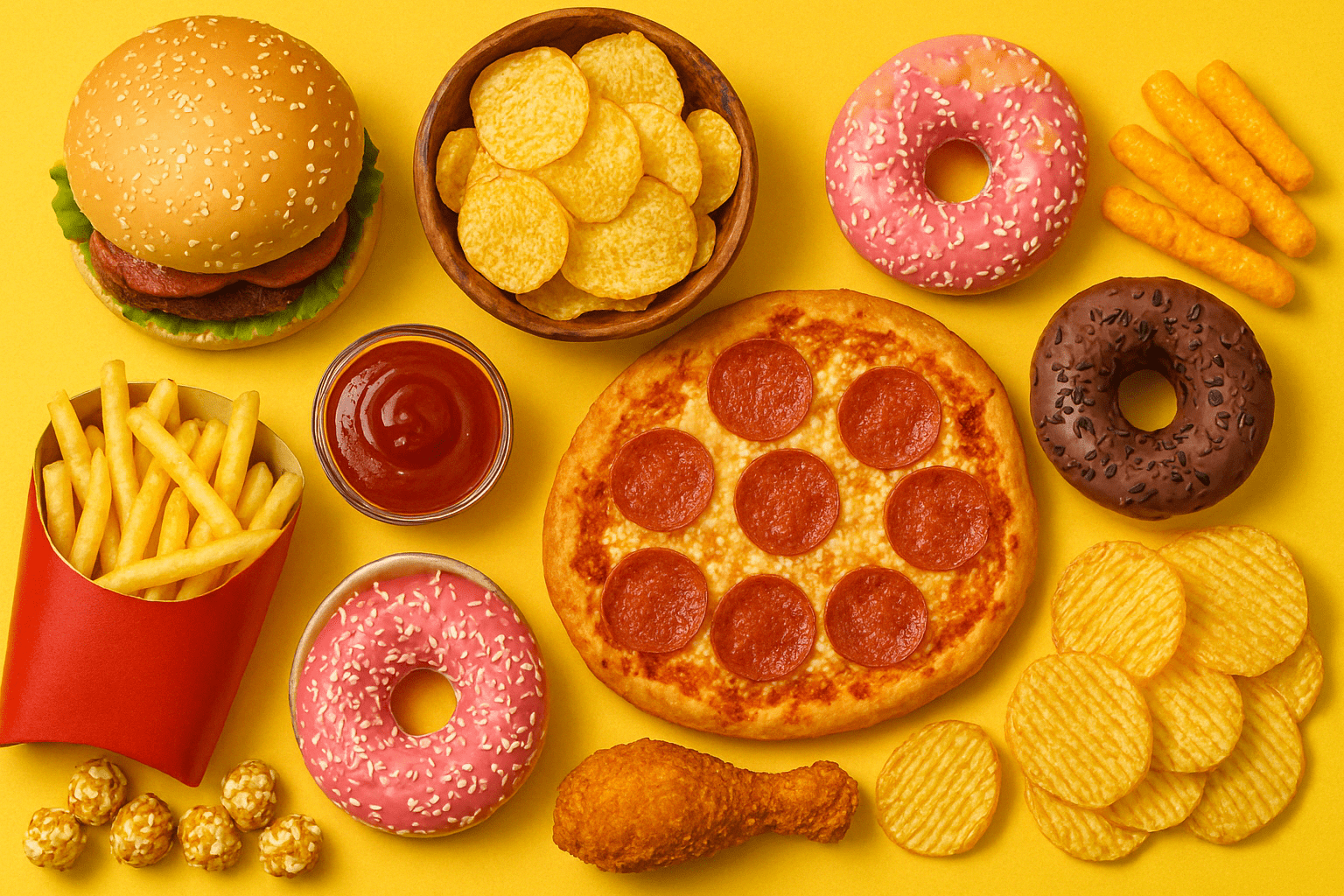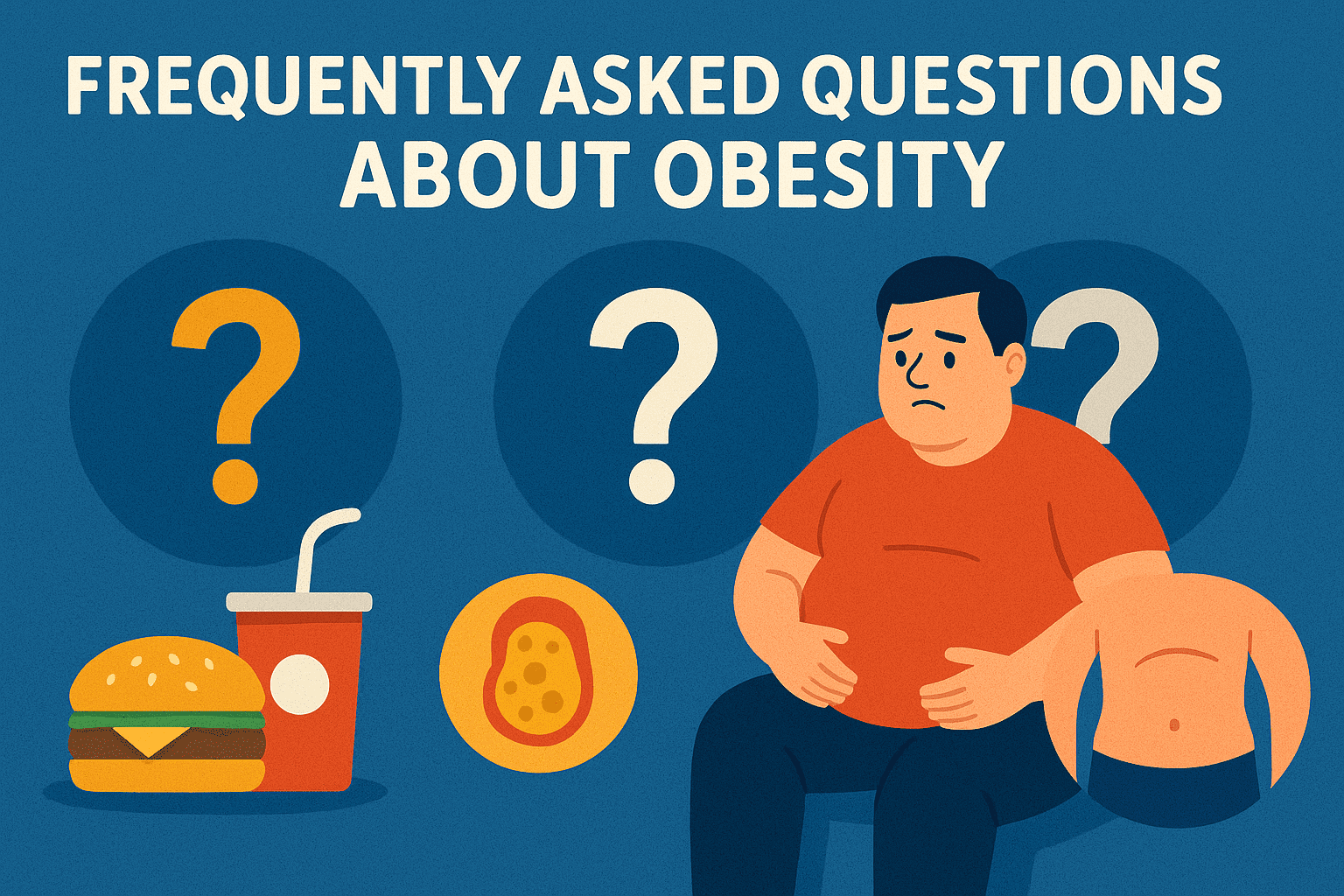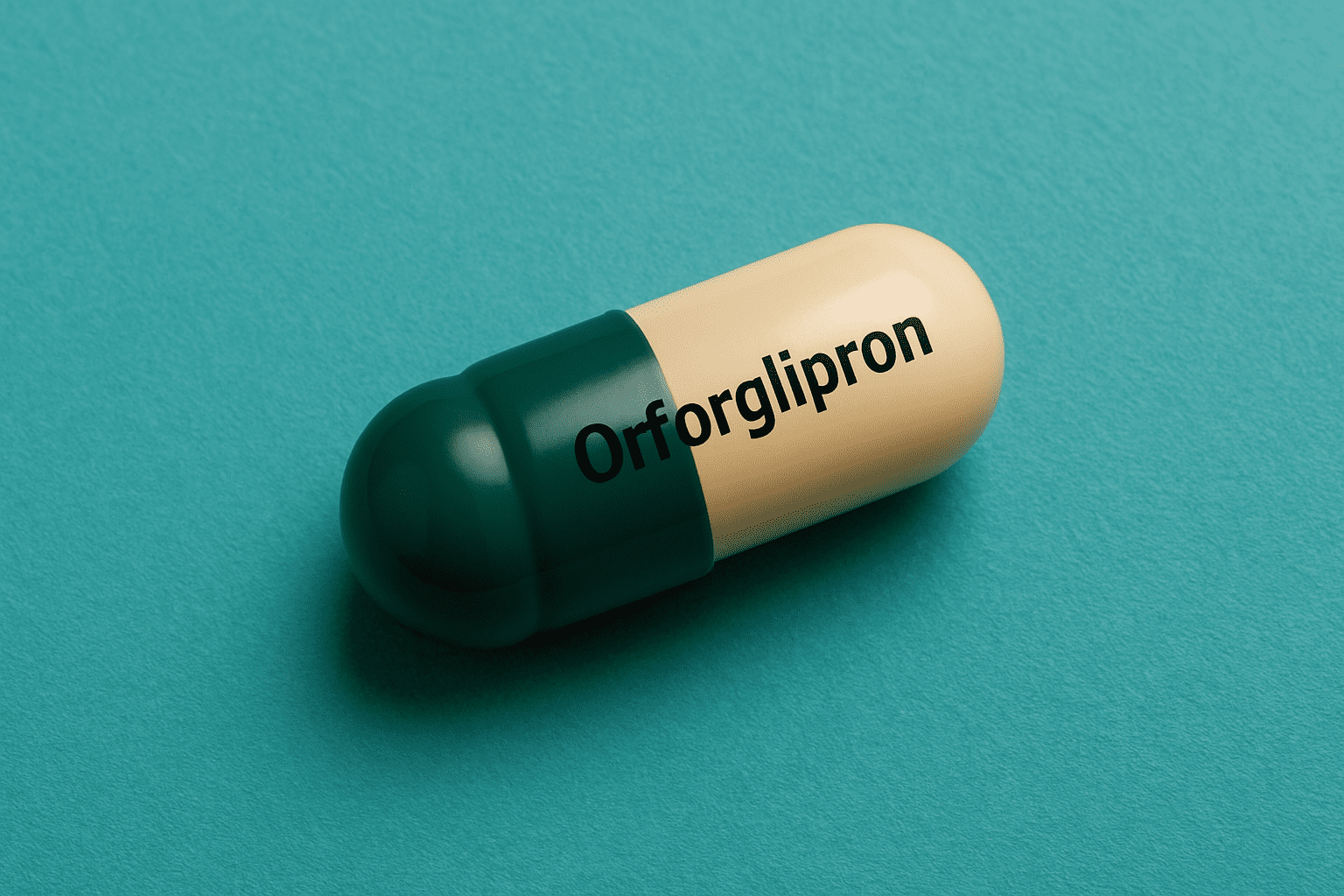In a world where time is short and convenience is king, ultra-processed foods (UPFs) have taken center stage in modern diets. From breakfast cereals and frozen pizzas to energy bars and soft drinks, these products are fast, affordable, and—thanks to clever engineering—deliciously addictive. But what lies beneath the shiny packaging and mouthwatering flavors?
Analyzing data from 33,000 participants who completed detailed dietary recalls and underwent brain scans, this study determined that ultra-processed foods accounted for 50% of their total calories. The researchers noted a correlation between higher intake of these foods and unfavorable health markers, including greater body fat, more inflammation, worse blood sugar, and reduced healthy cholesterol. Furthermore, brain scans indicated structural alterations associated with increased inflammation in those consuming more ultra-processed foods.
What are Ultra-Processed Foods?
Ultra-processed foods are not just “processed” — nearly all food is, in some form. UPFs go further. They are industrially manufactured products made from refined ingredients, chemical additives, and little to no whole food content.
According to the NOVA classification, a system used by public health experts, UPFs are categorized as:
“Formulations of ingredients, mostly for industrial use only, resulting from a series of industrial processes.”
Common Traits of UPFs:
- High in sugar, salt, and unhealthy fats
- Loaded with artificial flavors, preservatives, and emulsifiers
- Marketed as convenient, shelf-stable, and “ready-to-eat” or “heat and serve”
Examples include:
- Packaged snacks (chips, cookies, candy bars)
- Instant noodles and frozen meals
- Sugary breakfast cereals
- Sweetened beverages
- Flavored yogurts and processed meats
A Hidden Health Threat: Plastic Pollution in UPFs
Most ultra-processed foods come wrapped in single-use plastic packaging, a growing concern not just for the planet—but also for human health. Plastic pollution doesn’t end in oceans or landfills—it often finds its way into your body.
How?
- Microplastics from packaging can leach into food, especially when microwaved or stored for long periods.
- These microplastics carry hormone-disrupting chemicals like BPA and phthalates.
- Over time, ingestion may contribute to:
- Hormonal imbalances
- Infertility
- Metabolic disorders
- Inflammation linked to cancer and cardiovascular disease
A 2024 study in Nature Reviews Endocrinology concluded that frequent exposure to food-packaging plastics is linked to increased risk of obesity, diabetes, and thyroid dysfunction—ironically, the same conditions already associated with ultra-processed foods.
Ultra-processed food = Ultra-packaged = Ultra-risk.
So, when choosing what to eat, think beyond just nutrition—think about the packaging too.
Why Are UPFs a Concern?
While they may offer convenience, ultra-processed foods are increasingly being linked to serious health risks. Here’s what research has shown:
🩺 1. Increased Risk of Chronic Diseases
Studies have linked high UPF consumption with a greater risk of:
- Obesity
- Type 2 diabetes
- Cardiovascular diseases
- Hypertension
- Certain cancers
A 2023 study published in BMJ found that individuals who consumed the most ultra-processed foods had a 30% higher risk of developing cancer compared to those who ate the least.
🧠 2. Impact on Mental Health
Emerging evidence shows a link between UPFs and:
- Depression
- Anxiety
- Cognitive decline
Artificial additives and nutrient-poor content may alter gut microbiota and influence the gut-brain axis.
🍽️ 3. Overeating and Addiction
UPFs are designed to be hyper-palatable—a perfect mix of fat, sugar, and salt—hijacking the brain’s reward system. This can lead to:
- Cravings
- Binge eating
- Loss of appetite control
You don’t crave a boiled egg at midnight—but a bag of chips? That’s another story.
How to Spot Ultra-Processed Foods
Watch out for these red flags on food labels:
- Long list of ingredients (especially unrecognizable ones)
- “Flavorings”, “emulsifiers”, “hydrolyzed proteins”, “color additives”
- Claims like “low-fat” or “diet” — often a distraction from added chemicals
Instead, aim for minimally processed or whole foods, like:
- Fresh fruits and vegetables
- Whole grains
- Legumes
- Unprocessed meats and fish
- Homemade meals
Can You Eat Processed Foods at All?
Yes — not all processing is bad. Frozen peas, canned beans, and pasteurized milk are processed but healthy. The key is to distinguish minimal or moderate processing from ultra-processing.
Think of it this way:
| Food | Category |
|---|---|
| Fresh apple | Unprocessed |
| Applesauce (no sugar) | Processed |
| Apple-flavored gummy candy | Ultra-processed |
Final Thoughts
Ultra-processed foods are convenient, affordable, and tempting—but long-term health shouldn’t be sacrificed for short-term ease. The growing body of scientific evidence is clear: diets high in UPFs are associated with poor health outcomes.
Now with plastic pollution in the mix, it’s not just about what’s inside the food—but what it’s wrapped in. Reduce UPFs, support sustainable packaging, and opt for real, whole food options. Your health—and the planet—will thank you.




One thought on “Deadly Delicious: How Ultra-Processed Food Is Silently Killing Us”